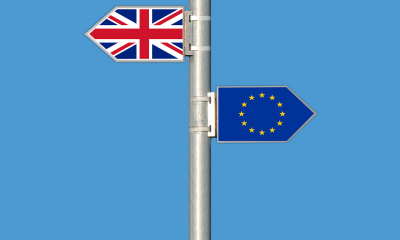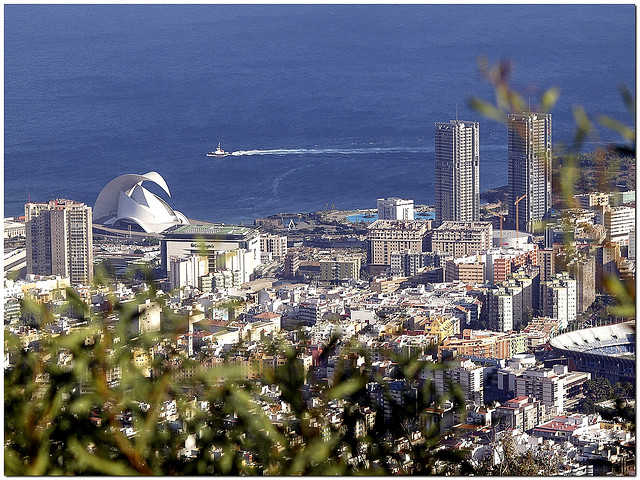Economy
Creating Perceptions: What is Really Happening with the Indian Economy?

In just a little over a year, Indians will take to the polling booths again to decide whether the Narendra Modi led BJP (Bharatiya Janata Party) government’s much anticipated second term as the ruling party will become a reality or not. Even though the present government has always been the favourite to retain its position, a heightened focus on the health of the Indian economy may or may not be in their best interest, and it all depends on which picture Indians choose to accept.
One picture, two different outlooks
IMF (International Monetary Fund) chief Christine Lagarde said earlier in October that “for the medium term, we see a very solid track ahead for the Indian economy”, assuaging some of the disconcertedness that has surrounded the Indian economy post two of the boldest moves ever attempted by any government since independence in the country: demonetisation and a massive rollout of the GST (goods and services tax) earlier in the year. The lingering effects of the disruption caused by these steps resulted in India’s GDP growth slowing down again in the latest quarter to 5.7%, with the country playing second fiddle to China, again. However, Lagarde has lauded the steps taken by the Indian government to digitise the economy and simplify the tax regime, dismissing any surprises in the drop in figures as “a little bit of short-term slowdown” which was to be expected following the government’s “monumental effort”.
Moreover, during his visit to the US to meet with investors and corporate leaders, Minister of finance Arun Jaitley reflected that there is a “positive mood” about India in the US, adding that Americans have a good understanding of the actions taken by the government and what they will lead to. That may very well be the case, but the picture of the economy within the borders is far less pronounced, and the division of its state among the citizens far more.
Soon after the figures for growth were in for the latest quarter, India’s former minister of finance Yashwant Sinha, who is also a member of BJP, singlehandedly contributed hugely to the already dwindling confidence of the public in the government’s approach when he wrote in a letter in his column on The Indian Express about “the mess the finance minister has made of the economy.” Citing issues ranging from the decline in private investment and distress in the agricultural sector to the loss of jobs across different sectors, he has blamed demonetisation and a poorly implemented GST for the poor state in which the economy finds itself. Consequently, the past month has seen a flurry of editorials and opinion pieces on what the true picture is of India’s economy, where it is headed, and whether the fears of the people are warranted or if these tiny setbacks will finally be followed by the promised prosperity.
The problems are real, but what are they?
Agriculture was one crucial sector of the economy hit badly. The agrarian crisis has worsened due to an unsatisfactory monsoon season after farm loan waivers were granted following massive protests across states. On the other hand, the GST rollout has hit hard the small and medium businesses which were vastly unprepared to cope with the government’s move. While the GST council meet earlier in October may have eased the tax burden on the SMEs, it is still some way to go before they can be pulled out of what Mr Sinha accurately describes an “existential crisis”. An improvement in growth would also require a timely recovery from the supply shock caused by the implementation of the GST, in the absence of which it would be more realistic to expect more quarters of slow growth. Another major problem is the dearth in the investment by the private sector with an increase in stalled projects for the fifth consecutive quarter. This, along with other engines of economic growth including private consumption has shown slowing signs as well. The government may argue that when they inherited the economy it wasn’t in its best shape either, but demonetisation and now GST, no matter how ambitious have created a scare among the people leading to alarms of low confidence ringing across all major sectors, which needs to be addressed.
The biggest concern perhaps for the government is the lack of jobs created. One of the promises made by the Modi government during the elections was the creation of millions of jobs. However, according to the Centre for Monitoring Indian Economy the workforce declined from 406.5 million at the end of last year to 405 million till April this year. Almost every indicator points out to a net loss of jobs for the year 2017. The telecom, construction, and textile industries among others have also laid off a large number of their workforce. A broken promise on this end is unlikely to be forgiven and forgotten that easy.
Where the government is right
As is always the case, the analysis here as well is a two-way street. To the credit of the government, some positive signs have shown with the first tax collection under GST exceeding government’s expectations of Rs. 91,000 crore. Other sources also show a bit of a revival in consumer spending. Moreover, irrespective of the expected duration of the slowdown, PM Modi has recognised the need to tackle some of the most prominent issues that plague the economy in order to get it back on track. It is for that purpose that the Economic Advisory Council to Prime Minister has been set up consisting of experts chosen by Mr Modi himself. “There is a consensus amongst us that there are various reasons that have contributed to a slowdown of growth rate. Our entire thrust would be on implementable decisions”, said the Council’s chairman Bibek Debroy. The EAC or EAC-PM has identified 10 issues to tackle in order to launch the economy towards a higher trajectory of growth. These are inclusive of but not limited to the areas of agriculture, the informal sector in the country, job creation, public expenditure, and monetary policy among others. The need for instituting an Economy Track Monitor has also been realised by the Council to suggest correct courses of actions based on heavy and informed assessments.
Making it right: which path to follow
What can the government do? What should be done? Division exists on the suggested courses of actions as well. One of the solutions to the problem would be an increase in the government spending, a suggestion that has found the support of many policymakers throughout the country. That, however, is not without its problems. The central bank has warned that such a fiscal stimulus may come at the cost of macroeconomic stability and even the EAC seems not to be in favour of it. The government also wants to stick to its fiscal deficit target of 3.2% of the GDP and is unlikely to trade off some of this stability for growth. In the event that it should achieve neither, it would be further behind the starting line, not making for a flattering image before the next general elections.
If not a fiscal stimulus, then what is the alternative? The answer is policy reforms in those sectors of the economy that have been plagued with poor performance in terms of both employment and growth – textiles, real estate and construction, and leather among others. A report from JP Morgan suggests that the government should focus on fixing the supply chains that were disrupted first due to demonetisation and then the GST by improving the regulatory framework for SMEs. Resolving the problem of non performing assets in banks is another area that the government needs to set its sights on. The EAC, in its next meeting may look at the sale of government stakes for the recapitalisation of banks as the right step to take.
Time prevails over all
“It is a mistake to think that there is some magical, perfect way to run a large-scale complex system like an economy”, says Jitendra Singh, emeritus professor of management at Wharton, on the subject of the growth of the Indian economy. Yashwant Sinha expressed the same sentiment while concluding his letter when he mentioned: “nobody has a magic wand to revive the economy overnight.” The problems that the Indian economy is facing did not start with demonetisation and GST, they were already headed this way. These steps may have accentuated some of the many problems that have slowed growth but it is also true that an excessive and undue amount of attention is being placed on them. The real problems of the economy are the ones that the EAC to PM Modi hope to tackle and only time will tell what the government is able to do. Unfortunately, time is what is most scarce for the government.
Economy
Protecting Your Business From Rising Fuel Costs
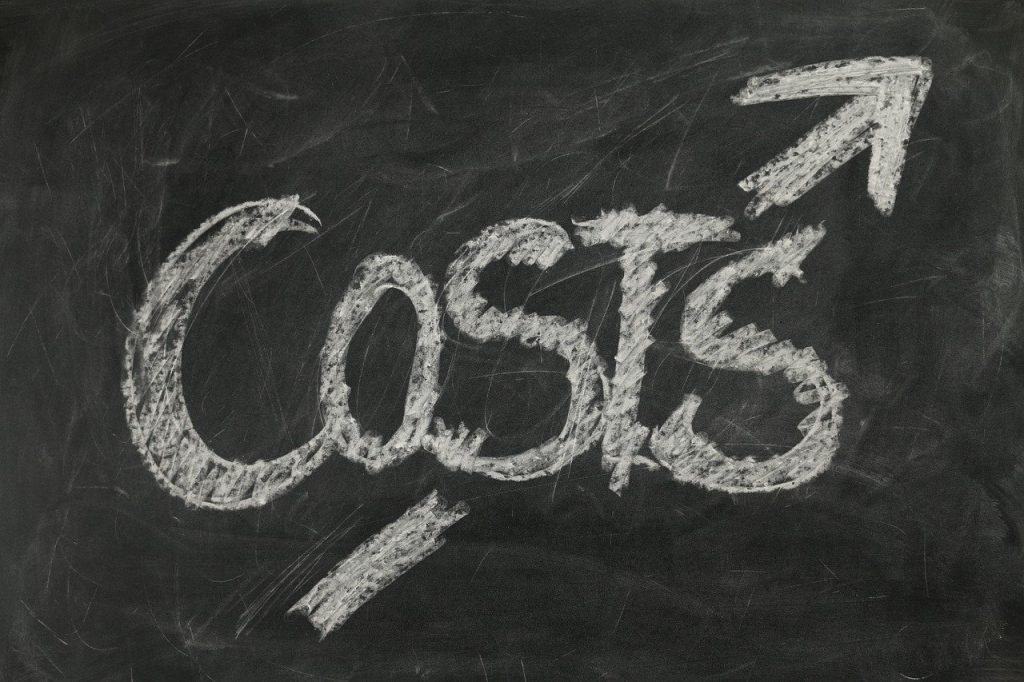
The cost of fuel is soaring globally, due to various factors, including the coronavirus pandemic and the ongoing conflict in Ukraine.
Businesses everywhere are feeling the burden that comes with increased energy costs. However, there are a number of things that experts have determined companies can do to fight back and protect their businesses from rising fuel costs.
Implement green measures
Dusistainbility has been a big trend in global business in recent years. Companies that have not yet embraced measures such as the paperless office and the use of solar power, many find that doing so now could help to offset some of the extra costs arising due to higher gas, oil, and electricity prices.
A four-day week
The benefits of a four-day week for employers and their employees have long been debated, but there is a lot of evidence to suggest that companies can be run just as efficiently in four days as they can in five. This could give companies struggling with the cost of heating, and lighting their offices, or running their machinery the opportunity they need to protect their business from fuel costs without losing money.
Should a factory, for example, close for one extra day per week, they would save 20 percent of its operating costs, and studies have shown that employees who work four days a week are around 20 percent more productive, which means they could save a great deal on the ongoing cost of fuel, without ruining their productivity or losing revenue. Many experts believe this to be a win-win situation.
Special offers
Of course, when the price of fuel rises, in certain industries, customers may be affected by those costs, and therefore less likely to make the same level of purchases they once did. Companies who find themselves in this position need to do whatever they can to encourage customers to buy.
For example, Volvo Penta, which sell luxury yacht and marine engines, among other applications, may find that due to the cost of fueling a vessel, fewer people are going out o their boats, causing sales to drop. By making special offers or putting together attractive packages, they can encourage more purchases to be made. If the product is good, and the price is right, it is easier to weather this particular storm.
Downsizing
Now that remote working is easier than ever, downsizing office space is set to be another important way that companies around the world can protect themselves from the rising cost of fuel. The fewer employees who need to be in the office or onsite, the smaller the office space can be, and the fewer resources will be required to keep it running smoothly, so expect to see more homeworking going forward.
The cost of fuel may be set to rise even further in the Autumn, and no one knows exactly what will happen beyond that, but there are a number of things businesses can do in mitigation, so it is almost certainly not time to panic yet.
Economy
Joao Vale e Azevedo: pessimistic prospects could be tackled by collectivity
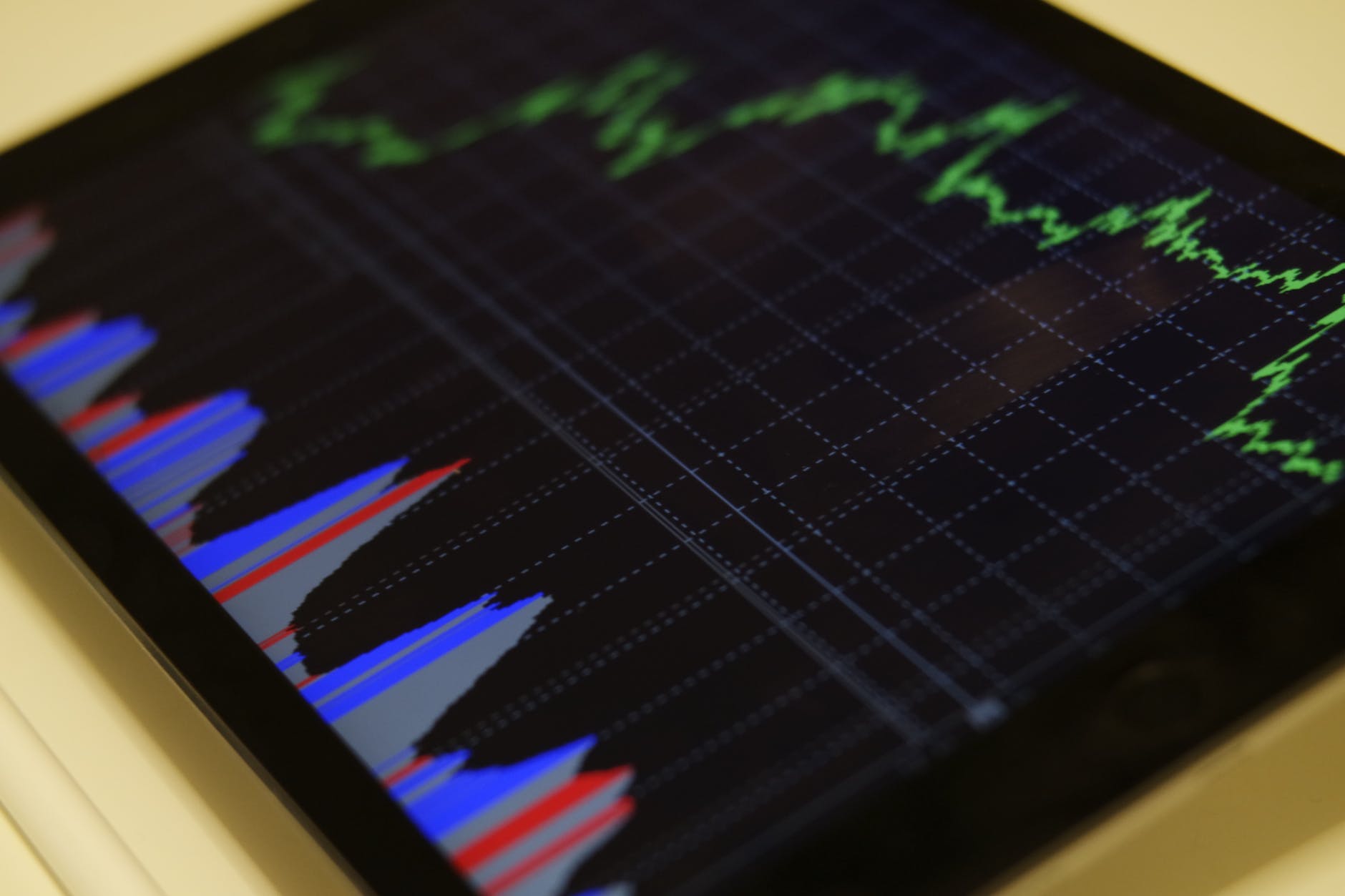
As we enter the new year, the effects of 2021 are now echoing in the economy in 2022. According to the World Bank’s latest Global Economic Prospects report, global growth is expected to decelerate markedly from 5.5 in 2021 to 4.1 in 2002 and 3.2 percent in 2023. This has been proposed both in the case of developing and major economies, such as the case of the United States.
In 2021, governments around the world have suggested that it was a year of rebirth. However, current numbers are not showing that and so not everyone is trusting on this bet. This is the case of Joao Vale e Azevedo, chairman of KUNST Global – an equity firm based in London, Geneva, Zurich and Luxembourg. For him, the forecast is still negative for 2022 as inflation keeps on running critically in the US and in many European countries. But unlike in the 1970s and 1980s, the solution won’t lie in governments printing money like they did in the past.
The chairman of KUNST Global also doesn’t think that the so-called commodity crisis is temporary as the news might say. In fact, Azevedo believes that there is more to it than the effects of the pandemic. While the Covid-19 crisis has ignited the growth of e-commerce, Azevedo claims that this intensification in demand for goods would happen anyway and the problem is actually in the distribution industry: “It is unable to meet this increased demand. There is no labor, no trucks, nor ships. The offer is no longer able to meet the market demand and this is not a contingency, it is a physiological fact.”
Finally, the third and possibly the most concerning problem is the price of energy. “This is really a worrying question, and not only for our distant future, as it has been up to now, but also for our present,” explains Azevedo. “We are witnessing it on a daily basis: electricity and gas bills have skyrocketed. Families and companies, which were already suffering from the pandemic, do not know how to cope with the increases.”
Although propositions like moving from coal to gas or from oil to electricity may point the way out, Azevedo thinks we are completely deprived of the infrastructure and funds necessary to manage this change. What is more, the chairman of KUNST Global argues that present politics lacks long-term vision, which means politicians are often too focused on electoral cycles instead of considering the future – thus mining any possibility of investments for change.
In addition to that, Azevedo has been keeping a close eye on the war in Ukraine. In his opinion, if Russia persists in carrying on the war, not only this country will be doomed to bankruptcy, but the whole West could face a domino effect. “Regardless of this, the war in Ukraine means greater market instability, rising energy prices that are already out of control, and a further increase in inflation, which could reach double the current levels,” he adds.
However, not all hope is lost. Hopefully, the war in Ukraine will find a rapid resolution, which is something that could catalyze even more this sense of collectivity that Joao Vale e Azevedo sees growing after two years of pandemic. “The fact that we have had fewer opportunities for interaction has meant that we are now more aware of the value of those interactions, and probably also of human life. We are a stronger community. The challenges that await us are very difficult, but together we are much better prepared to face them,” he concludes.
Economy
How People Around The World Are Investing Their Money
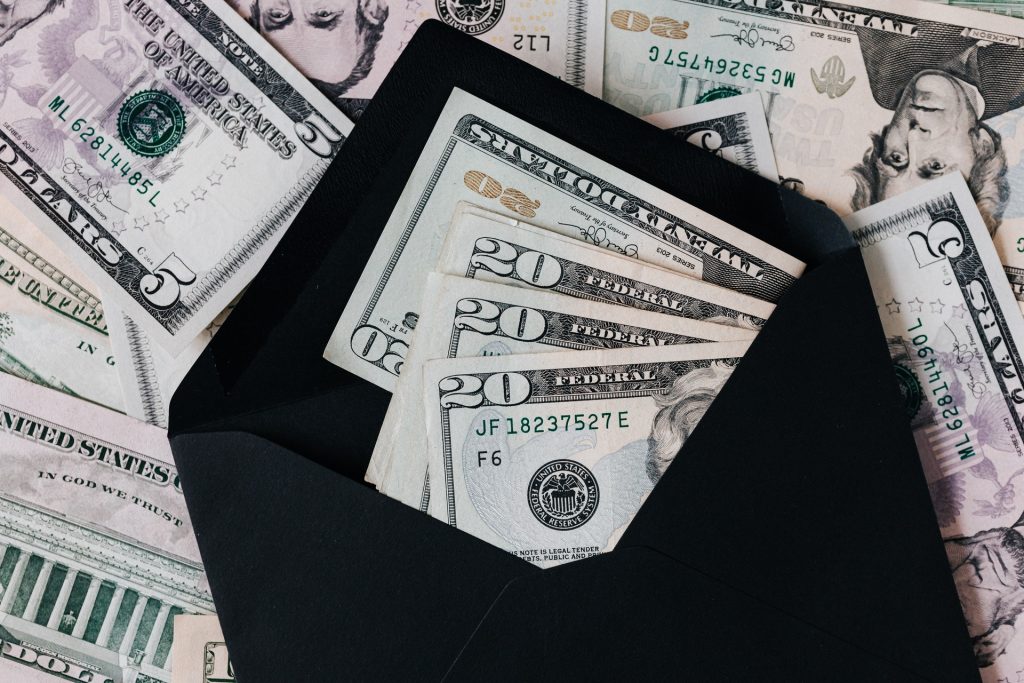
One thing that everyone should aim to do with their spare cash is to invest it – as wisely as possible, but at least in a way which is going to lead to potentially high returns. If done correctly and with a bit of good fortune, it is perfectly easy to improve one’s wealth to a considerable degree this way, and it is therefore well worth people considering this.
As it happens, there are a lot of investment options that people are making use of all over the world, with some that are especially popular right now. Let’s take a look in some detail at some of the major ways in which people are investing their money – and making some considerable gains, in many cases.
Stocks & Shares
Arguably one of the most popular forms of investment is stocks and shares – which can be incredibly lucrative if it is done in the right way, and with the right set of circumstances behind an investment. Indeed, stocks and shares remain the number one investment that people are engaging in every day throughout the world, and with good reason. Not only is it potentially something that can bring considerable returns, it is also relatively straightforward to get into and learn at least the basics of, making it a very simple and easy form of investment for most people.
It also doesn’t require a huge amount of money to get going – although having that is obviously not going to hurt one’s chances of success starting out! In fact, it’s doable to get going with stocks and shares with literally a few spare pennies – so it really is something that pretty much anyone can get into and make use of. It can also be a good way to diversify and widen out a portfolio that may include other forms of investment as well.
Savings Accounts
Although many people think of investment and savings as two different things, they are really just two sides of the same coin. You can think of saving as a form of investment, especially if it is done in the right manner and with the right approach. Of course, in order to find success with this, it is important to make sure that you are choosing the best savings account there is. That means one that has a high enough interest rate for it to be worth it, as well as having other functions that might be important to an individual – such as the ability to take money out whenever you need to, for instance.
With interest rates diving all over the world, this is quickly becoming one of the less popular forms of investment – but for now it is still worth considering, as it can be a good way to at least store your spare cash as necessary. If nothing else, you’ll probably find that you are able to find yourself in a much better financial position this way soon enough, even if that doesn’t happen as quickly as it might with certain other investments.
Cryptocurrencies
Although there is some controversy around cryptocurrencies, there is no doubt that it is one of the world’s most popular forms of investment right now. There is also no doubt that it’s possible to make a lot of money this way – as some of the world’s richest people have done so already. Even in a much lesser sense, however, it is perfectly possible for an individual with a regular amount of wealth to make money investing in cryptocurrencies. And generally, this is done in a few key ways.
First of all, you can simply buy some crypto and then hold on to it, hoping for its value to improve and selling it on once it has done so. Alternatively, you might want to consider trading crypto coins by buying one kind and then trading into another as you think it might be lucrative. This takes a bit more knowledge, patience and skill, but the returns can be significant. Either of these can work very well, however, and they are worth thinking about at the very least.
A related form of investment, in that it too relies upon blockchain technology, is NFTs. These pieces of art can be bought and traded as above, and some of them are creating huge amounts of money for people right now, so it might well be worth getting into.
Spread Betting
Another form of investment that a lot of people are getting into in the past few years is something known as spread betting. This is where you place bets on a variety of outcomes on a particular event, whether it’s a sport, a political event or whatever else it might be. With the right bet and the right outcome, this can be a really effective way to make some money, and it is best done with the attitude of it being an investment rather than a bet – as this helps in keeping things a little more sensible.
To make the right decisions, it is helpful to be patient and work out what kinds of results are likely to occur, and to find them at a good price. Searching for NHL picks and horse racing tips is a good place to start for that. However it might be done, with care and attention this can prove to be a decent way to invest some spare money, so it is definitely something to think about.
Bonds
If you are particularly keen for a very safe form of investment, it is well worth looking into bonds. Bonds are something like a savings account, but with an important difference that needs to be understood well in order to make good use of them. Essentially, you buy a bond and you will be paid back your initial investment, plus any interest that may have accrued along the way too. They are very low-risk and yet can bring you a lot of money over the long-term, so they are worth looking into for pretty much anyone looking to make a little money on the side.
Bear in mind that you won’t be able to access the money during the fixed rate period, so you should only invest whatever you don’t need to have immediate access to. However, they offer higher interest rates than your average savings account, so it can be worth it.
Precious Metals
Another form of investment that many people around the world are investing in right now is precious metals. In truth, these are always popular, and it’s not too hard to appreciate why. After all, precious metals will generally always retain their value even when everything else in the world is going through turmoil. That is especially true of gold, which still holds the standard that the global economy works by – with the exception of cryptocurrency.
As you can see, precious metals are almost certainly worth considering at the very least if you want to invest your money wisely. But make sure that you are only putting what you can afford to lose into this investment, like any other. Although it is not the highest-risk investment, it is not zero-risk either.
Those are just some of the most popular investments around the world that people are making good use of right now. Any of these could be lucrative and useful for you, so take a look at them in turn and see whether any of them are suitable for your needs and purposes. You might be surprised at how effective they can be.
-

 Technology12 months ago
Technology12 months agoHow Virtual Fly Elevates the World of Flight Simulators
-

 Travel12 months ago
Travel12 months agoImmerse Yourself in Nature: Explore Forest Bathing with a New Guidebook
-
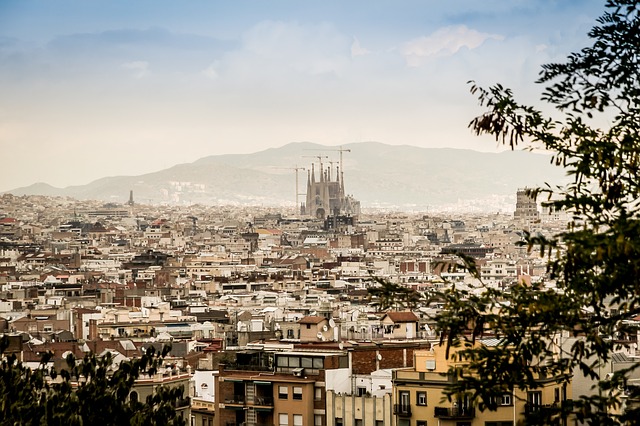
 Europe12 months ago
Europe12 months agoBarcelona and Athens: cities that will leave an everlasting impression
-

 Health12 months ago
Health12 months agoExperience in clinical quality: What is it, and why is it important?
-

 Travel9 months ago
Travel9 months agoEnjoy a luxury holiday in Zanzibar
-

 Culture and Lifestyle8 months ago
Culture and Lifestyle8 months agoDo you want to surprise a special someone?
-

 Business8 months ago
Business8 months agoServiceNow Development Consultancy: Business Process Automation as Disruptive Technology
-

 Environment8 months ago
Environment8 months agoThe Future of Fashion: The Rise of Eco-Conscious Brands in the Luxury Market












